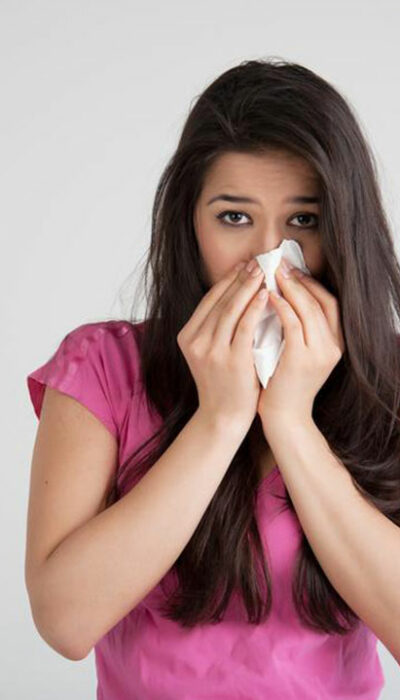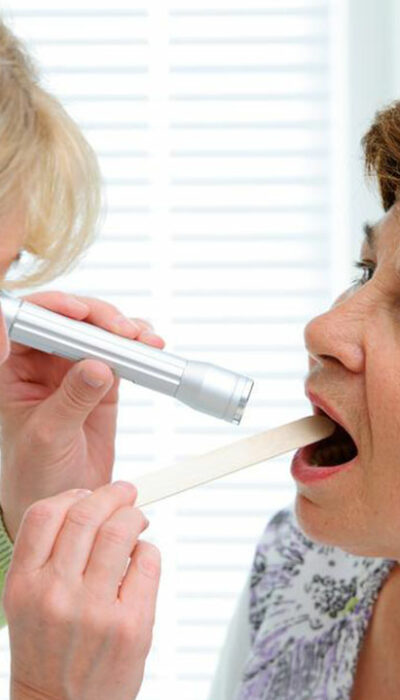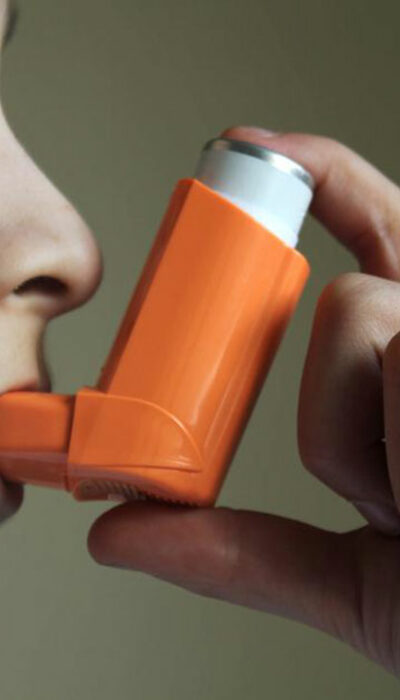
6 foods that help manage nasal polyps
Nasal polyps are benign growths along the lining of the sinuses. These growths can interfere with airflow, leading to breathing problems and chronic inflammation. Nasal polyps could result from various factors, including nasal allergies. Irrespective of the cause, patients must follow healthy nutrition because the nutrients in some foods can fight nasal polyps and relieve the symptoms. Here are six foods to eat while also using other treatment options for nasal polyps. Warm fluids Excess mucus in the nasal passage can increase the risk of nasal polyps because mucus attracts allergens. Drinking plenty of warm fluids dilutes and loosens mucus, preventing it from accumulating in the nasal passage. Fish Doctors say that inflammation is one of the primary triggers of nasal polyps. Fishes, such as salmon, tuna, and mackerel, are rich in omega-3 fatty acids, which can naturally counter inflammation and help manage the symptoms. Honey Microbial activity is another risk factor for nasal polyps. Honey has anti-microbial properties that help prevent and treat polyps. Moreover, its anti-inflammatory properties relieve the symptoms, making it one of the effective natural treatment options for nasal polyps. Berries Berries like raspberries, cranberries, blueberries, and strawberries are rich in vitamins crucial for protecting the membrane of the sinus lining. They also contain other nutrients like antioxidants that fight free radicals, preventing nasal polyps and relieving the symptoms. Kale Kale is yet another food among the natural treatment options for nasal polyps. Many nasal polyp growths result from increased free radicals in the body. Kale contains natural antioxidants that fight free radicals that cause cell damage and help boost immunity. Cayenne peppers Cayenne peppers contain capsaicin, which helps relieve inflammation and open the nasal passages to stimulate better breathing and de-clog the congestion. It is one of the best foods to overcome sinus infections with nasal polyps.










